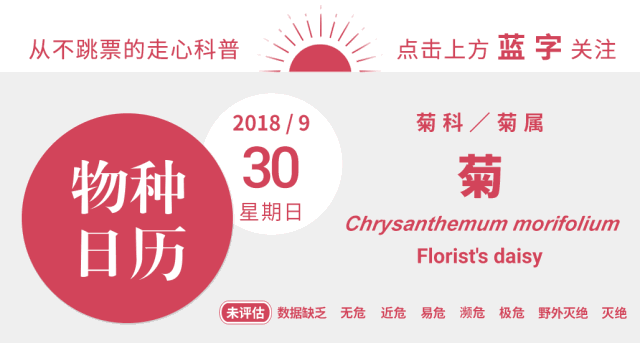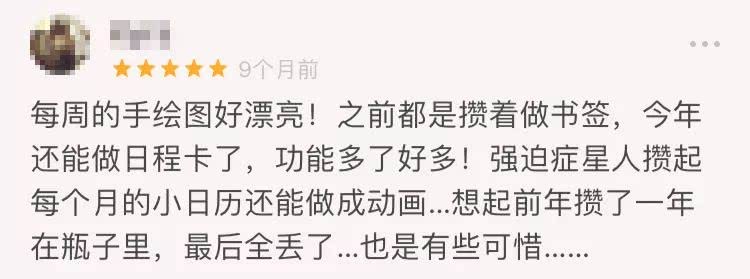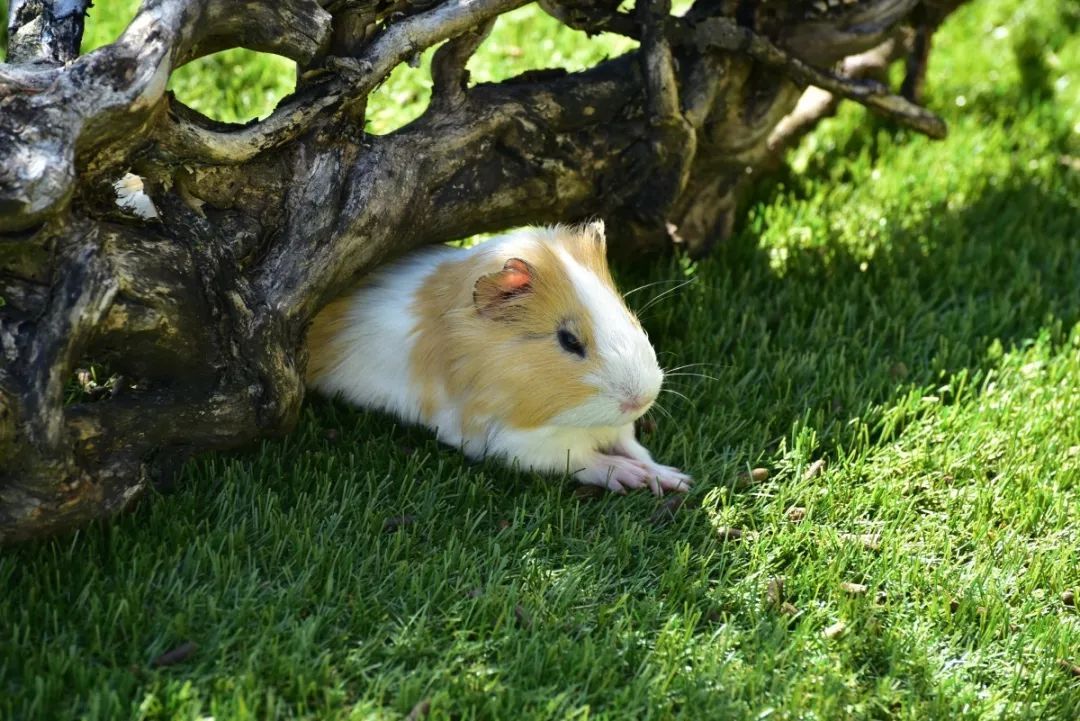Whose chrysanthemum looks like this.

Chrysanthemum is the hermit of flowers.
In Zhou Dunyi's view, chrysanthemums bloom alone in Shuangqiu, not competing with flowers in spring, but also have the character of frosting and proud snow, like a hermit, is called "the hermit of flowers."
I kill a hundred flowers after I bloom. Picture: katorisi
In the current era of globalization, when we admire flowers in autumn, there will be no flowers after blooming, but the habit of appreciating chrysanthemums in golden autumn is still in our culture. Spring orchid, summer lotus, autumn chrysanthemum and winter plum are also the most common flowers that represent the season.
Chrysanthemums are not all the same.
However, it seems that this is not the case when it is said that Chinese people love chrysanthemum. "the love of chrysanthemum is rarely heard of by Queen Tao" seems to be true today. In addition to the traditional practice of appreciating chrysanthemums during the Mid-Autumn Festival when the moon is full, the occasions when ordinary people can steadily see chrysanthemums are probably only when they visit the tomb. Can read ancient books, but can not see the literati with autumn chrysanthemum to place the meaning of remembrance, what's the matter? Because the custom of chrysanthemum as "flower of graveyard" was introduced from Europe in modern times and was "imported".
The most classic shape of chrysanthemum is the yellow chrysanthemum with golden armour all over the city, but as a famous flower in China with a history of more than 1600 years, chrysanthemum has obtained a variety of colors and shapes after artificial cultivation. There are 154chrysanthemum varieties recorded in the book Flower Mirror, but with the progress of cultivation technology, there are more than 7, 000 chrysanthemum varieties. Many varieties can be called fairy flowers.
The classic Huang Ju. Picture: Prenn / Wikipedia
But all kinds of strange "chrysanthemums" in florists are not today's protagonists Chrysanthemum morifolium. In fact, all kinds of chrysanthemums common in florists are just relatives of chrysanthemums of the same family, such as daisies, melon and leaf chrysanthemums, African chrysanthemums and cornflowers. Basically, a large number of cut chrysanthemums of white and yellow chrysanthemums can only be seen for sale during the Qingming Festival.
Slide to see the picture, large face blindness scene! Figure 1-5:jam343/ flickr;Kiran Jonnalagadda / flickr;Hedwig Storch / Wikipedia;Tom.k;Fan Wen / wikmedia
The varieties of real chrysanthemums are generally distinguished by petal type, which is divided into flat valve, spoon valve, tube valve, cinnamon valve and deformed valve. However, although it is a "petal", in fact, a chrysanthemum is not a flower composed of petals, but by a large number of small flowers that look like petals into a single inflorescence to assume the responsibility of a normal flower, which is also one of the basic characteristics of Compositae plants.
Large image: Masagi Ikeda / Wikipedia; small photo: plant reference; drawing: Sydney
Among the five petal-shaped chrysanthemums, ordinary people are more familiar with the flat petals. Most of the peripheral edge flowers of this kind of chrysanthemums are tubular, which is less than 1/5 of the base, that is, the classic "tongue-shaped" shape. The florets near the middle are sometimes completely closed tubular, and the chrysanthemum cut flowers used by Ching Ming Festival when sweeping tombs are generally of this type.
A classic white chrysanthemum. Picture: cargocollective.com
Most of the remaining chrysanthemum petals are seen at special chrysanthemum exhibitions, in which the deformed petals are the least exposed to ordinary people, which are mainly divided into dragon claw type, burr type and shearing type. the basic petal type of floret is still flat, spoon and tube style. but at the end showed claw-shaped cracking, burr-like and wide and short flat petal ends showed a lobed shape.
A rare needle-shaped tube chrysanthemum. Picture: pea "Plant" warning
Different shapes of chrysanthemums in the chrysanthemum exhibition. Picture: pea "Plant" warning
The Japanese chrysanthemum exhibition will also use "chrysanthemum figures" made of chrysanthemums. Picture: Jnn / Wikipedia
The Flower of the Japanese Royal Family
Chrysanthemum has long been known as one of the top ten famous flowers in China, but it has a higher status in neighboring Japan. When it comes to Japan in terms of flowers, most people's first reaction is cherry blossoms, and it is rare to know that the representative flowers of the Japanese royal family are chrysanthemums. In the Kamakura era, Emperor Kamakura forged the chrysanthemum pattern on the knife and designated it as the royal emblem, that is, the "sixteen-petal and eight-fold watch chrysanthemum pattern" on the emperor's flag today. There is a similar badge on the cover of the Japanese passport, but a close examination shows that the badge on the Japanese passport is only sixteen chrysanthemum patterns, which is one layer less than the royal pattern.
On the flag of the emperor of Japan is the sixteen-petal and eight-fold watch chrysanthemum pattern. Photo: Zscout370 / Royal ritual decree
The design on the Japanese passport is different. Picture: Muttley / Wikipedia
Because chrysanthemums are the representative flowers of the Japanese royal family, people generally do not wear them at will, and the Japanese people's love for chrysanthemums is not high, far less than the popularity of cherry blossoms. Even so, Japanese horticulture has cultivated many varieties of chrysanthemums, many of which seem to be interesting, such as the round and cute table tennis chrysanthemum.
Table tennis chrysanthemum is a commonly used fresh cut flower. Picture: chrysanthemums.info
From holy flowers to cemetery flowers
Apart from China and Japan, there are few countries that attach importance to chrysanthemum culture. Chrysanthemums in western countries are basically introduced from China, and their introduction into Europe should be in the late Ming and early Qing dynasties at the earliest. It is recorded that Dutch businessmen introduced them to Europe in 1688. After that, Louis Bilta, a Frenchman in the 18th century, and Fortune, a British botanist in the 19th century, introduced chrysanthemum varieties from China to their own countries for cultivation, which made chrysanthemums more popular in Europe. Soon after the introduction of Fuqiong, the chrysanthemum spread to the United States, and only then did the chrysanthemum spread around the world.
However, although chrysanthemums represented nobility, auspiciousness and longevity in Chinese classical culture, they somehow crooked into "demon flowers" after they were introduced into Europe. At that time, European people generally believed that chrysanthemums were "flowers in graveyards". It is even said that it is planted by witches in the graveyard, which makes people laugh or cry.
When some varieties of chrysanthemum returned to China from Europe, the culture of taking chrysanthemum as a funeral flower also entered China at the same time, taking white chrysanthemum and yellow chrysanthemum as flowers for mourning, which is basically accepted by everyone. Giving a bunch of daisies will give people the impression that you are praising their purity, but giving a bunch of chrysanthemums may cause you to be kicked out the door.
A white chrysanthemum dedicated to the dead. Picture: Hakim / chrysanthemumspics
This is the 273 article in the fourth year of the species calendar, from the author of the species calendar @ ArcherEmiya.
You may also want to know these "chrysanthemum" flowers.
Calendar Niang today's avatar
Pyrethrum of Compositae
- Prev

Let's write a book review and have a chance to get the species Calendar 2019 for free.
"I have a calendar. Do you have a story?" The event has already opened the lottery, have all the friends gone to see the story and the lottery results? Although the calendar Niang has pulled out ten lucky geese, there are still many friends crying with Calendar Niang.
- Next

There's a lot of strength when we get together.
"so you're leaving?" Asked the rabbit. The mother guinea pig nodded. Several little guinea pigs were scrubbed and squeezed at her feet. "these babies won't have a problem here." The rabbit patted the chest. "We'll take care of it."
Related
- Wuhan Hospital Iron Tree Blooming Result Was Instantly Frightened by the Gardener Master
- Which variety of camellia is the most fragrant and best? Which one do you like best?
- What is the small blue coat, the breeding methods and matters needing attention of the succulent plant
- Dormancy time and maintenance management of succulent plants during dormancy
- Minas succulent how to raise, Minas succulent plant pictures
- What are the varieties of winter succulent plants
- How to raise succulent plants in twelve rolls? let's take a look at some experience of breeding twelve rolls.
- Attention should be paid to water control for succulent plants during dormant period (winter and summer)
- Watering experience of twelve rolls of succulent plants
- Techniques for fertilizing succulent plants. An article will let you know how to fertilize succulent plants.

